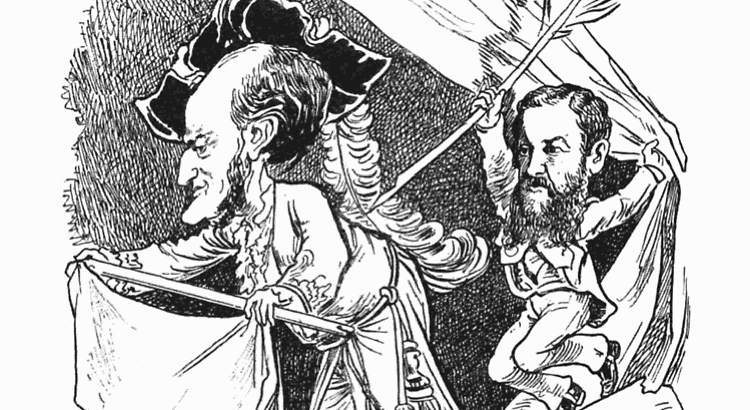There are at least two kinds of mastery in any art you care to name. The most recognized form is virtuosity, because it’s easy to quantify. You can follow a musical score to check if a performer is playing all the right notes and in the right time. The second is having a honed intuition, which is harder to capture. Knowing what notes to play is simpler than knowing how to play them. Its simpler than knowing what notes not to play. It’s safer than flaunting the score.
In ages past, virtuosity was elevated because it represented the heights human effort could obtain. Now that machines can perform with absolute precision, a human doing the same is considered robotic. You can train your muscle memory to play Flight of the Bumblebee in double time, or follow the Save the Cat formula to write a screenplay that hits all the right story beats, and still make people yawn. Virtuosity alone is not enough to be engaging. People now look for the human element, which allows for mistakes. In fact, you don’t even need to be that good to be great, much to the chagrin of anyone who’s mastered their craft and been ignored.
I’ve come to think of virtuosity as another plateau on Mastery Mountain, one near the peak. The over-competency trap is so dangerous because it’s almost indistinguishable from greatness. After all, if you’ve mastered the perfect formula to create art that wows the public and critics alike and gives you a steady paycheck, why change at all? It’s not like figuring out the formula to write an A+ undergrad essay, only to move into the real world and have people tell you your writing is undergrad garbage and you only got those grades because the curve was so low. When the whole world tells you you’re amazing, it’s easier to think you have nowhere left to go.

